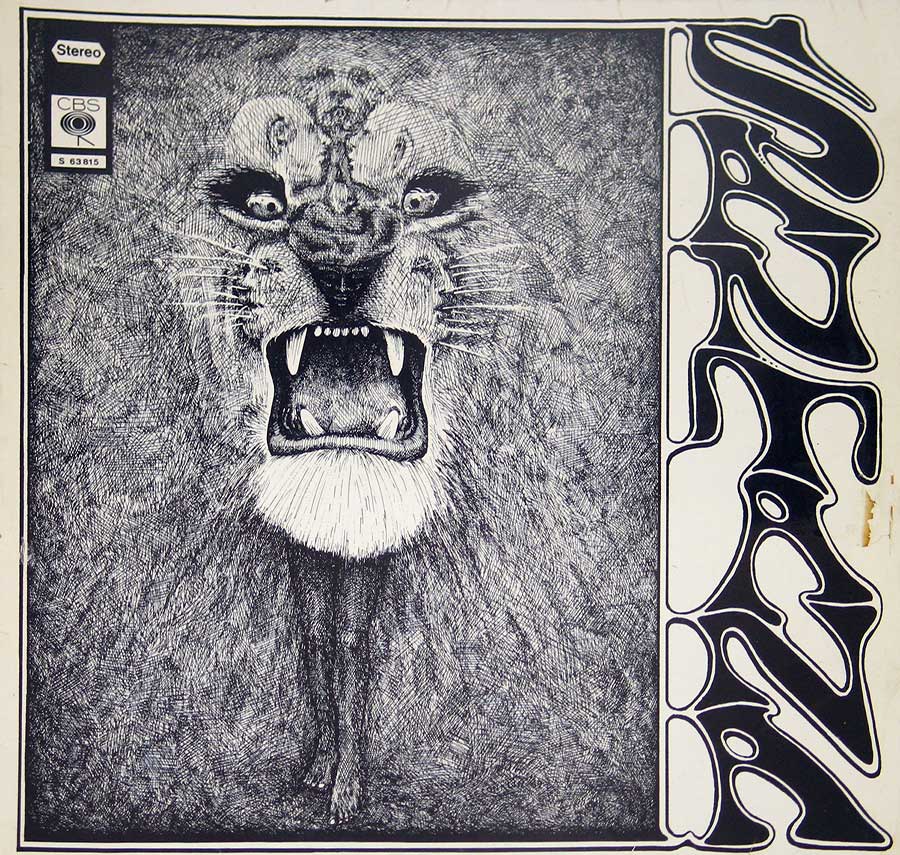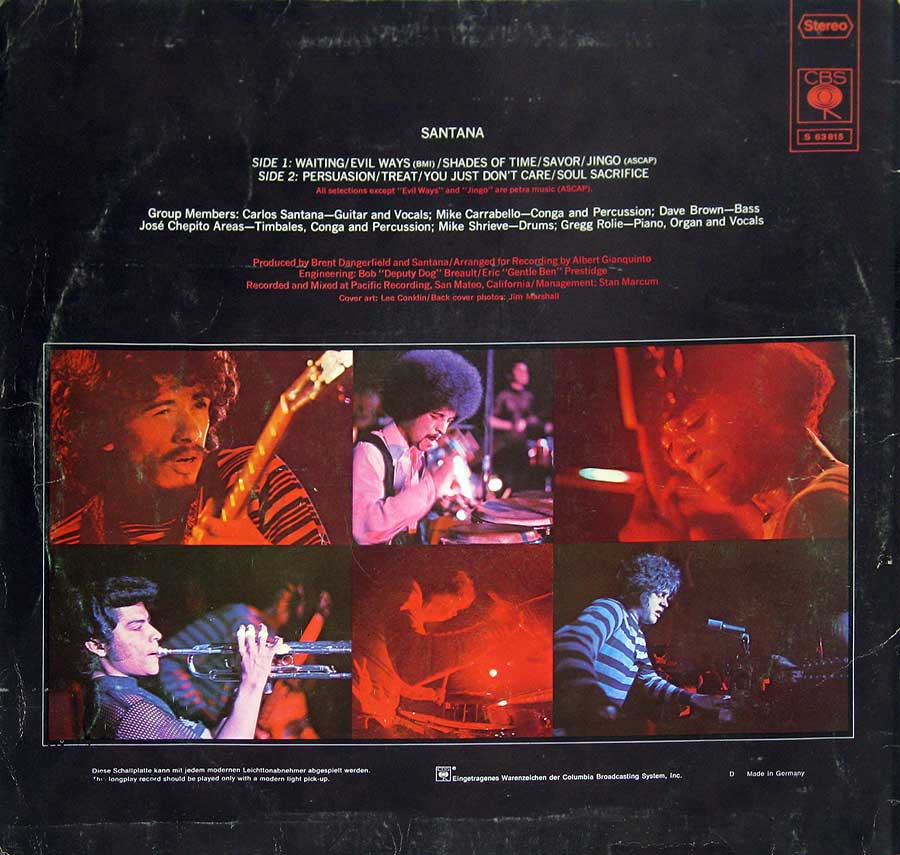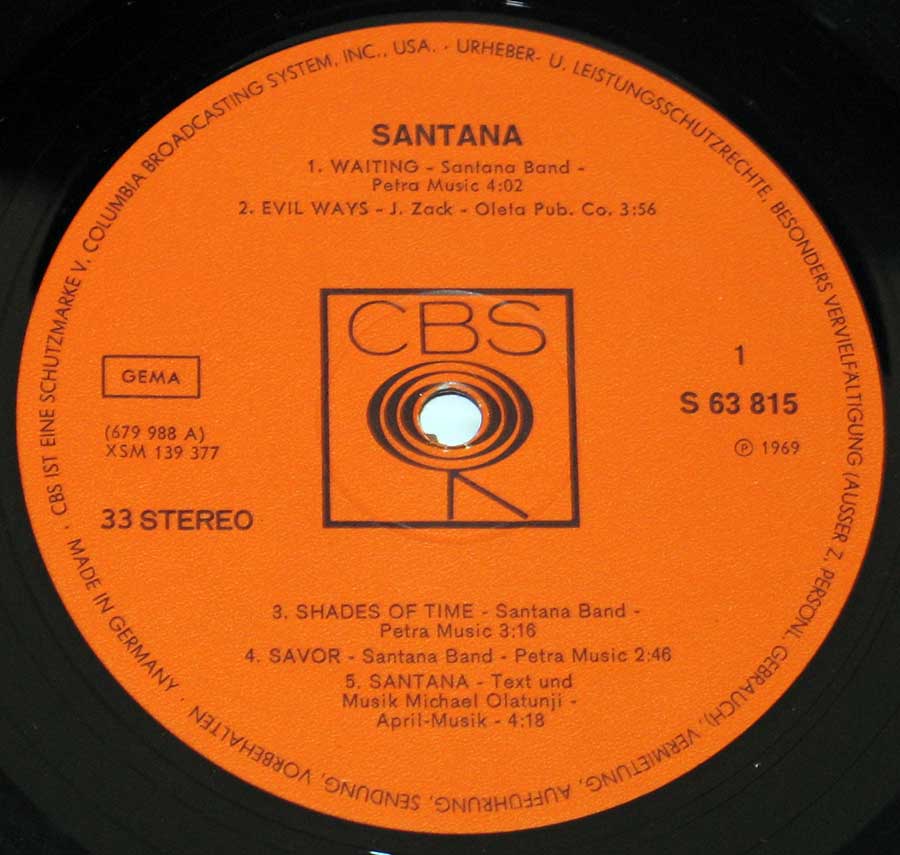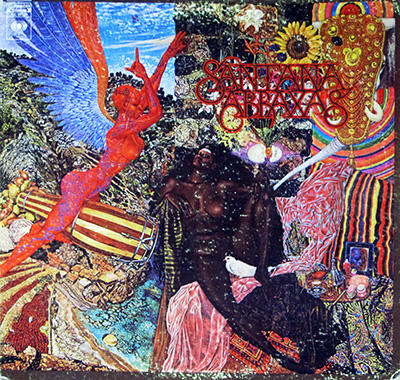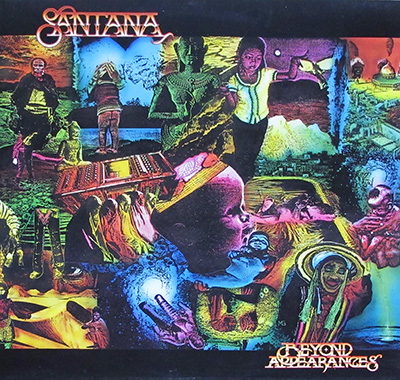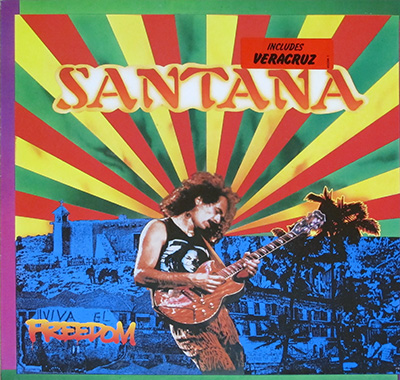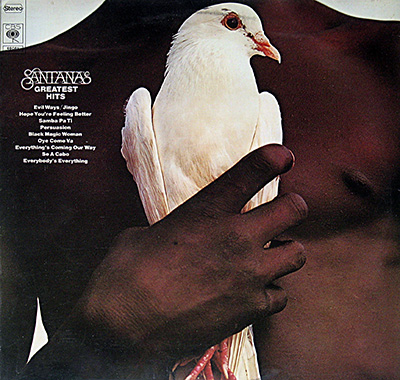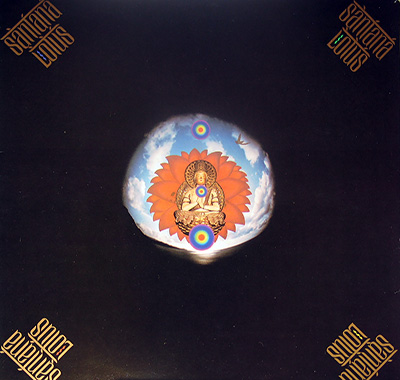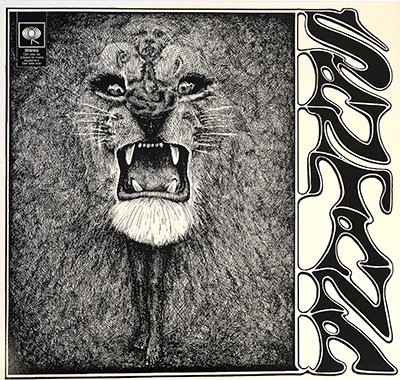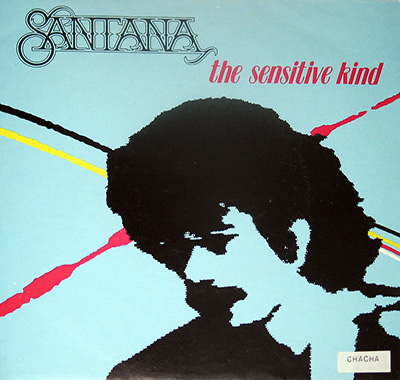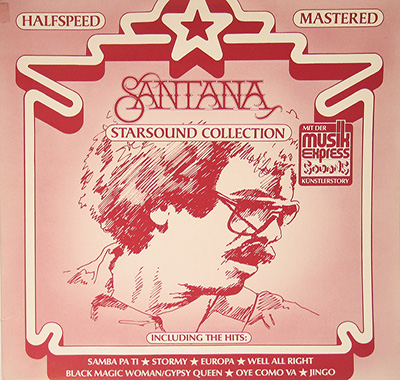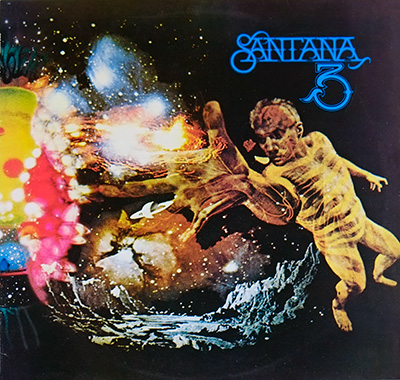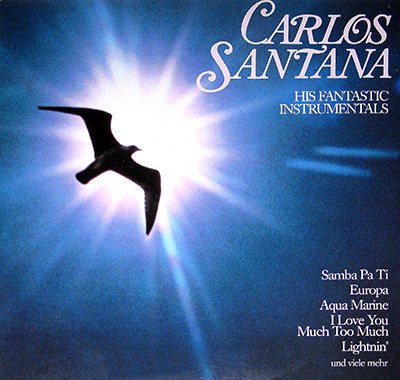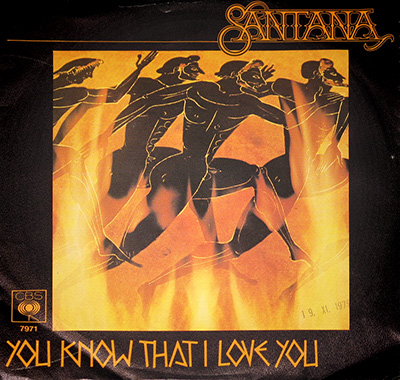Santana – Self-Titled Debut Album Description:
Released in 1969, Santana's self-titled debut album marked a pivotal moment in music history. The German release of this LP, unique for its color photos on the back cover, further cemented the band's cultural impact.
Background
The late 1960s was a time of social upheaval and musical experimentation. Santana emerged from San Francisco's diverse music scene, where Latin rhythms blended with blues, rock, and jazz. Led by guitarist Carlos Santana, the band's sound was a bold departure from the norm. Their fusion of genres was both controversial and captivating, drawing criticism from purists while attracting a wide audience eager for fresh sounds.
Recording
The album was recorded at the legendary Pacific Recording Studios in San Mateo, California. The studio's relaxed atmosphere and innovative equipment allowed Santana to experiment and capture their raw energy. Carlos Santana's distinctive guitar playing, characterized by soaring melodies and blues-infused licks, became a hallmark of the band's sound.
Legacy
The self-titled debut features iconic tracks like "Evil Ways" and "Soul Sacrifice," which became anthems of the era. The album's success propelled Santana to international fame, culminating in their legendary performance at Woodstock.
German Release Notes
This German release distinguished itself by including color photographs on the back cover, an uncommon feature at the time, making it especially collectible among vinyl enthusiasts.
